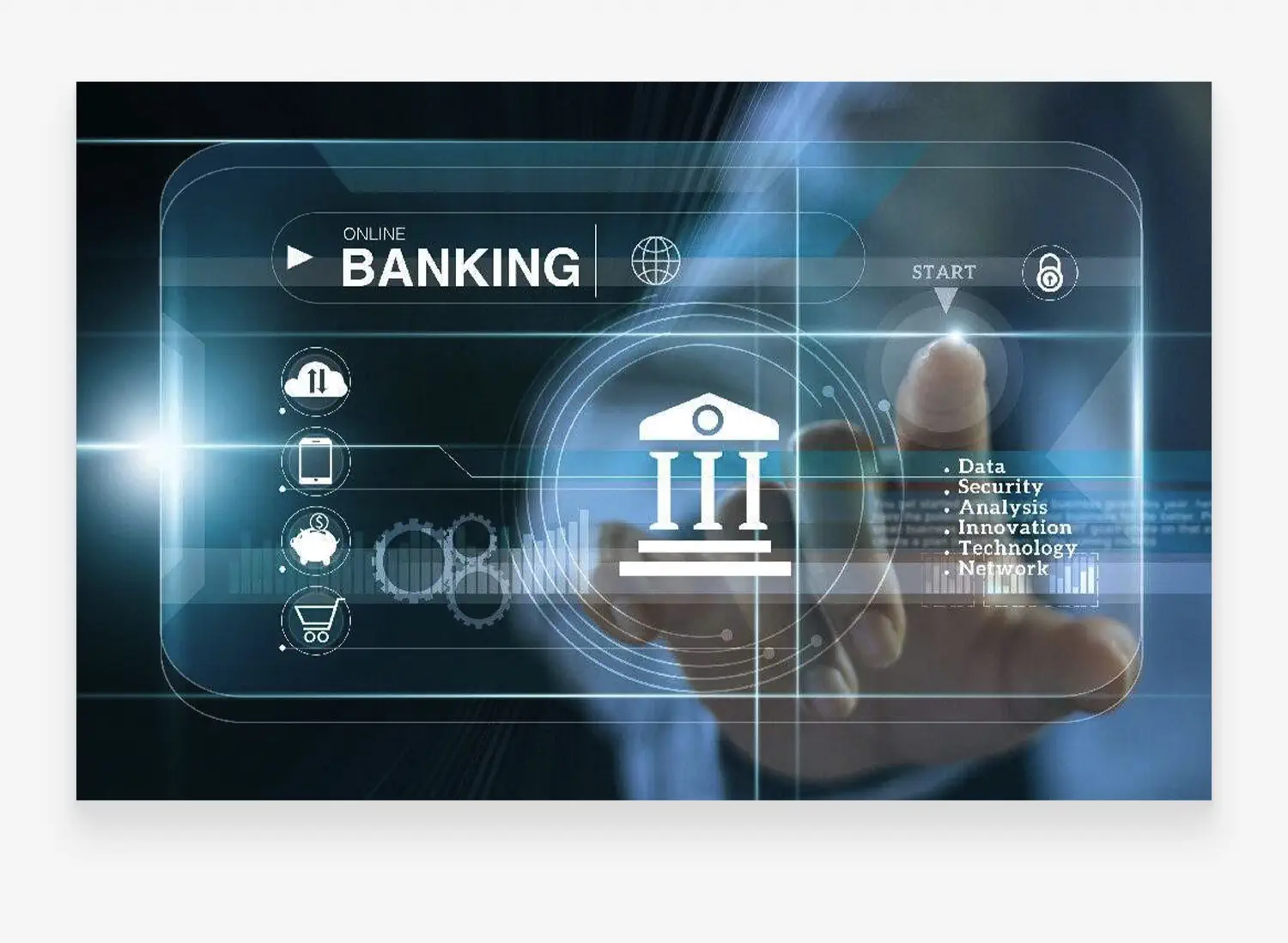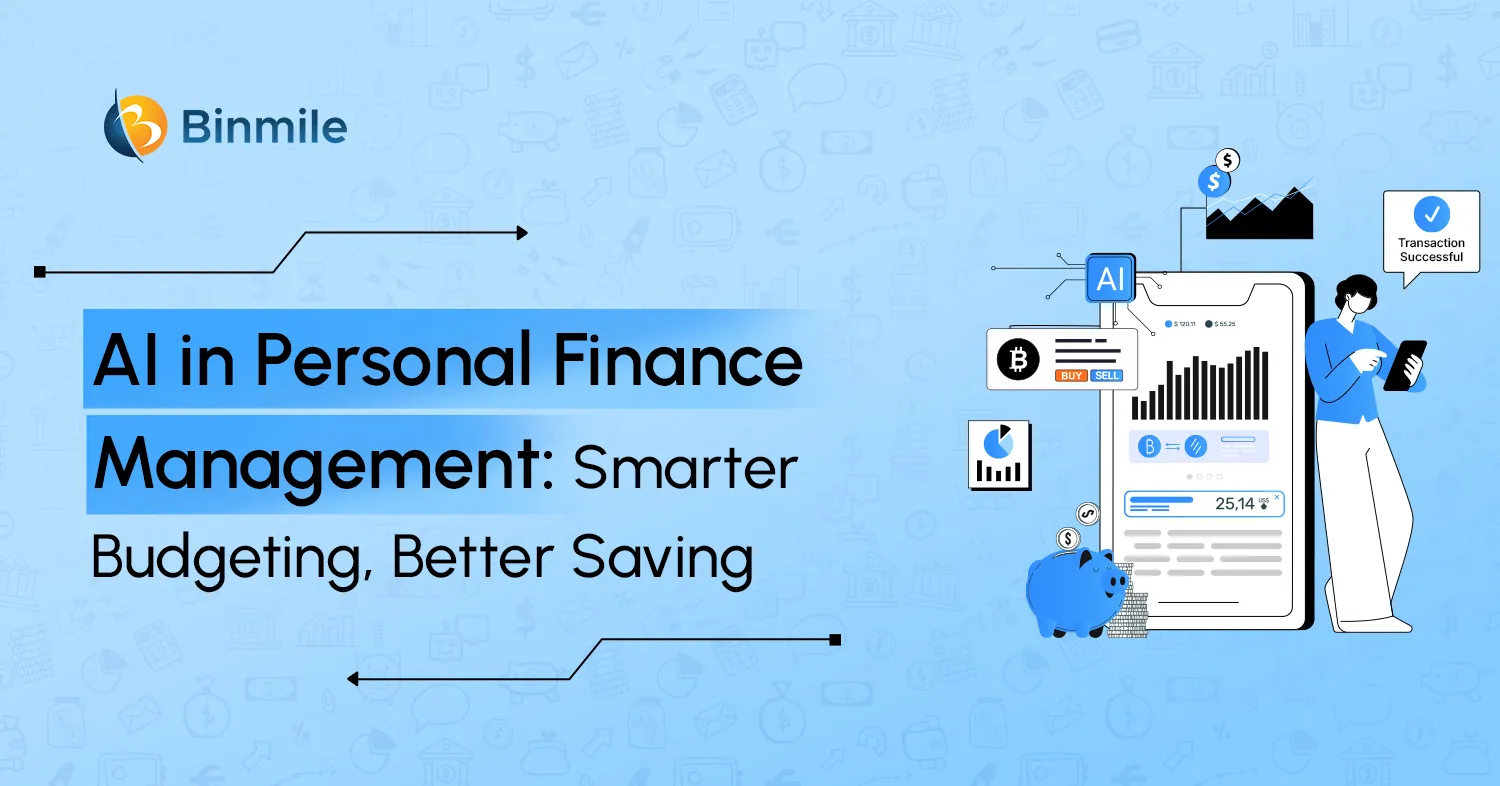The banking industry has been transforming with the advent of advanced technologies such as artificial intelligence, machine learning, and IoT, among others. Generative AI is the recent most influential development. GenAI is a subset of AI technology that can create different kinds of content such as text, images, audio, and synthetic data. The integration of GenAI is seeing promise as a new study reveals that spending on generative artificial intelligence by banks will reach $85 billion in 2030, from $6 billion globally by the end of 2024. The reason behind this adoption is the capability of GenAI to offer easier access to customer trends and thus more personalized user experiences, enabling banks to provide increasingly compelling services at reduced cost.
So what is GenAI in banking? How does it work? What are the ways GenAI in banking is transformative in its operations? How else does leveraging GenAI into banking operations help the banking landscape? In this blog, we will explore how Generative AI in banking is reshaping fundamental processes and functions across entire industries, and discover its benefits. In addition, we’ll uncover the ethical challenges for institutions to consider and future trends they need to look forward to.
Let’s dive in!
Transforming Operations: 6 Ways How GenAI is Reshaping Banking Processes
Let’s understand the way AI in banking is reshaping the financial sector, focusing on the transformative impact on its operations, security, and customer experiences.

1. Automated Customer Engagement
Integration of generative AI algorithms in chatbots that possess the capacity to respond immediately and deliver the needed assistance to customers promptly. Automation of responses improves customer experience as well because it allows us to address questions in a timely and high-quality way. Such a transition towards proactive engagement will create thriving customer relationships, which will eventually lead to a better client-responsive banking atmosphere as a result.
2. Dynamic Fraud Prevention
AI technologies such as ML in fraud detection are supporting the fight against financial fraud. AI algorithms conduct round-the-clock analysis of transactions and customers’ behavior, so they are capable of detecting inconsistencies and fraudulent patterns in real time. This proactive approach safeguards both customers as well as banking institutions becoming the target of sophisticated attacks.
3. Operational Streamlining Through Automation
Generative AI simplifies the burdensome, intricate, repetitive, and routine tasks, for instance, data input and identity checking are delicately attended to, meanwhile, the managers can focus on strategic planning. This brings down the operational costs, also financial transactions become more accurate as a result, not only saving time but also enhancing the end-to-end productivity.
4. High Tech Credit Scoring and Loan Risk Appraisal
As far as credit scoring and risk assessment are concerned, generative AI has strong analytical capabilities. Through monitoring diverse data, such as transaction history and tech trends for banking, the AI-guided decision-making process can give more exact and diversified assessments of risk. Banks can then intelligently approve or reject loans, which reduces the risk of default and increases the efficiency of portfolio management.
5. Tailored Financial Advisory Services
The Customer-centric strategy is the driving force as artificial intelligence processes huge data sets to offer generative financial advice. Through the institutional knowledge of consumer expenditure patterns, investment options, and financial objectives, the banks can recommend specialized advisory services. As a result of this individual attention, not only do the clients leave the store content, but they are also true brand ambassadors.
6. Real-time Analytics For Strategic Decision-Making
Generative AI equips Banks with real-time analytics which expedite the decision-making process in a data-driven way. From market trends to customer preferences, AI algorithms use up a huge portion of data sources to create meaningful information. This type of on-time system enables banking professionals to act promptly when there are any fluctuations in financial markets.
Transform your banking processes with GenAI solutions that boost efficiency, enhance security, and elevate customer experiences.
Generative AI Revolutionizing Banking: An Overview
There are certain challenges while adopting Generative AI in banking operations but that’s the only way forward in this digital landscape driven by a fundamental shift. The industry has transitioned from a people-centric model to a customer-centric one. This focus on the customer demands a more holistic approach, exceeding expectations and anticipating needs.
Today’s customer is not only tech-savvy with a bunch of fintech app at their fingertips, but they not only crave 24/7 attention but also hyper-personalized experience. Matching up to these standards requires the power of AI. Legacy systems, data silos, and budgetary constraints pose significant obstacles, hindering banks’ ability to keep pace. However, AI has emerged as a potent weapon in this customer-centric war. It unlocks a future of streamlined operations, intelligent automation, and real-time insights – all critical for exceeding customer expectations and securing long-term customer loyalty in banking. The question remains: Is your bank ready for the GenAI revolution?
Also Read: AI Voice Banking on Customer Services
Future of Generative AI in Banking: Emerging Trends, Challenges & Opportunities Forecast
Generative AI (GenAI) holds immense promise for the banking industry, however, they need to process through certain challenges to embrace the potential trends that come along with this emerging technology.
Challenges in Implementing GenAI in Banking
- Data Privacy and Security: Banks keep a huge amount of sensitive data that has to be safeguarded. GenAI algorithms utilize huge volumes of data for training, so it becomes a pressing issue that the data should be anonymized, secure, and utilized responsibly.
- Regulatory Compliance and Ethics: Banking institutes must adhere to rigid regulatory compliances. So, while implementing GenAI, banks must ensure that the models are compatible with regulating requirements, which have to be built with fairness and ethical intentions in mind.
- Skill Gap and Workforce Adaptation: GenAI needs specific skills and knowledge for its integration and management. It may become necessary for banks to retrain the already existing workforce or even to hire new employees to improve the skills and workforce value for future bank business.
- Legacy Systems and Infrastructure: When most banks work on legacy systems or data modernization strategy for BFSI, which aren’t compatible with GenAI, thus banks need the right systems and infrastructure to modernize. This can be a complex and expensive undertaking.
Emerging Use Cases & Opportunities
A recent report by S&P Global reveals that “generative AI can annually add between $200 billion to $340 billion in value for banks, accounting for roughly 9% to 15% of banks’ operating profits.” This shows how GenAI in banking is not only reshaping how the sector operates and delivers services to customers but also boosting profit margins.
Several banks have already started implementing GenAI in their banking systems. Some of them are JP Morgan Chase which has developed an early warning system to detect malware, trojans, or phishing campaigns, along with Wells Fargo’s predictive banking feature. This rampant application of AI technology in banking showcases the impact and potential of generative AI in revolutionizing various aspects of the finance industry. What we discussed as an example of GenAI’s capabilities of detecting fraudulent transactions or providing personalized financial services so far was just the tip of the iceberg.
Want to discover how our AI experts can build and implement AI in banking strategy that caters to your needs in the most tech-friendly manner? Get in touch with us, today!
Wrapping Up
We have understood how the presence of Generative AI in the banking sector goes beyond mere automation and represents more than that. It’s also acting as a transformative force driving efficiency, security, and customer-centricity. Therefore, it’s imperative for financial institutions and not just banks to embrace these advancements. Doing so not only streamlines and secures their operations but also helps them to boost customer experiences. Incorporating AI and ML in banking further amplifies this transformation. These technologies enable personalized financial solutions, fraud detection, predictive analytics for credit scoring, and enhanced customer service through intelligent chatbots. Although there are certain challenges and limitations to how AI in banking can be integrated, if we look closely, the potential benefits of AI and ML far outweigh these concerns.
As technology such as artificial intelligence advances, financial institutions must up their game in harnessing GenAI’s transformative power and opening doors to new opportunities for growth, innovation, and customer-centric services. Additionally, to simplify your transition from a legacy to an AI-first approach, Consult a leading artificial intelligence services company for high-end FinTech software development services. The expertise and services can help you improve revenue, reduce costs, and mitigate risks in different departments.











